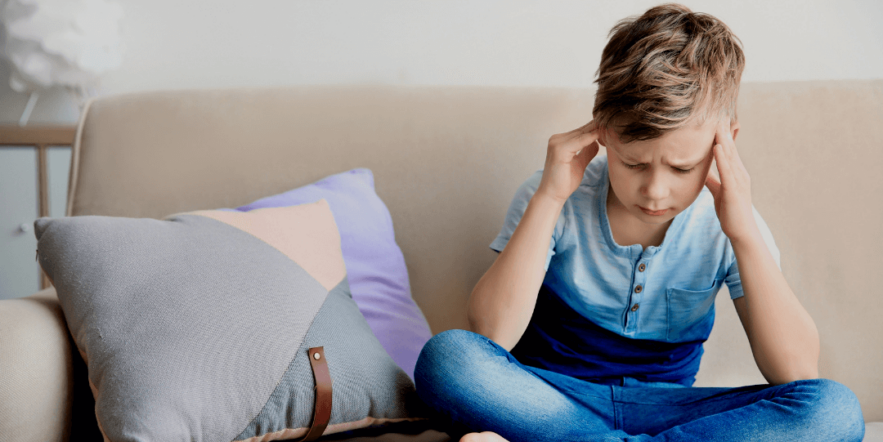Feeling Stressed Is a Major Migraine Trigger For Kids
Let’s discover connection between younger kids and migraines. Feeling stressed is a major migraine trigger — both during the taxing l time and afterward. To control the number of migraines, those minors who suffer from them and their caregivers need to be aware and vigilant about self-care.
Stress can also bring on tension-type or stress headaches. Many of us carry our cares and worries in our neck and shoulders, where the trapezius and paracervical muscles are located. When these muscles tense up around our heads and squeeze the occipital nerve, in particular bilaterally, it causes a headache. No one can relieve the pain unless those muscles are relaxed.
When I ask my teenage patients how they manage their stress, the usual responses are that they talk with friends and family, nap, play with a pet or watch Netflix. Those are “relaxing” activities and they can be helpful in the moment, but they are not the same as “turning on the relaxation response,” which is the key to managing stress. It can be challenging for kids to talk about this subject, and hard to get them to listen and take action. But we can try.
How To Activate The Relaxation Response
I usually explain to them a little about the autonomic nervous system (ANS), how it gets activated by stress and pain, and that it’s not under our voluntary control. Over-activation of the ANS can be lowered by turning on the relaxation response. This is an intentional activity meant to induce real relaxation, quiet the mind chatter and improve focus.
Practicing yoga, meditation, guided imagery and breath counting, having acupuncture or acupressure treatments or engaging in a progressive body scan and cognitive behavioral therapy (CBT) techniques are among the ways to activate the relaxation response. There are many ways to access these methods, including using phone apps. My favorite is Insight Timer.
How do you get a teen to do this? It can be tough, since teens don’t think they have a lot of free time. That’s not true. The time needed is five to 10 minutes, not an a whole hour on a cushion contemplating the universe, In my sessions with teens, we discuss which relaxation techniques interest them, when to fit just one exercise into the day and what it would be helpful for, such as meditation just before bed or a yoga class on the weekend before hanging out with friends.
I hear a lot of parents and kids say, “It doesn’t work,” when trying to relax when the kids are stressed. It is exceedingly difficult to engage in a new skill, like deep breathing, when the nervous system is on high alert. Ironically, the worst time to try out a relaxation or meditation app is when you really need it. Practicing simple relaxation exercises frequently (breathing, meditation, visualization) in quiet times before you need it allows younger children and teens to feel more confident about the exercises so they can call on their new skills during anxious moments.
The bonus is, doing a relaxation exercise frequently can help reset the stress response, so when kids do get upset , the moment won’t be as intense.
In summary, navigating the challenges of kids and migraines requires a comprehensive approach that encompasses lifestyle adjustments, open communication, and proactive measures to create a supportive environment for the well-being of children facing migraines.
Here are some great ideas on getting started with a variety of relaxation techniques!







